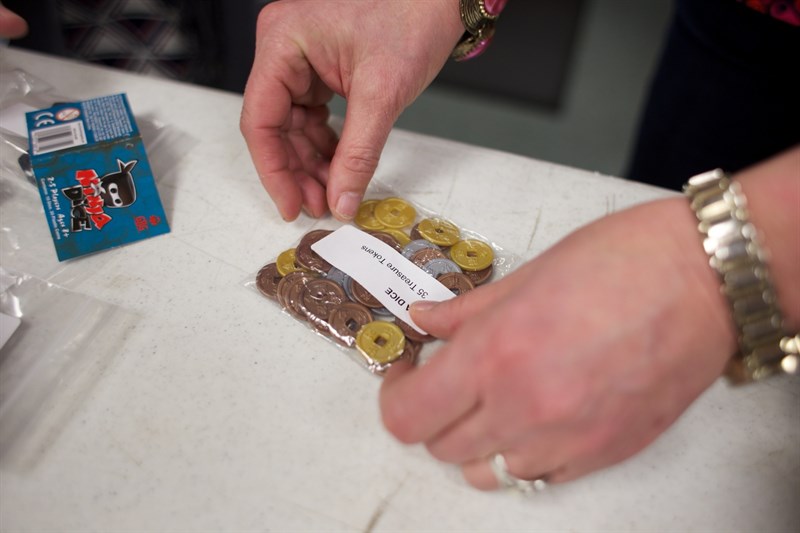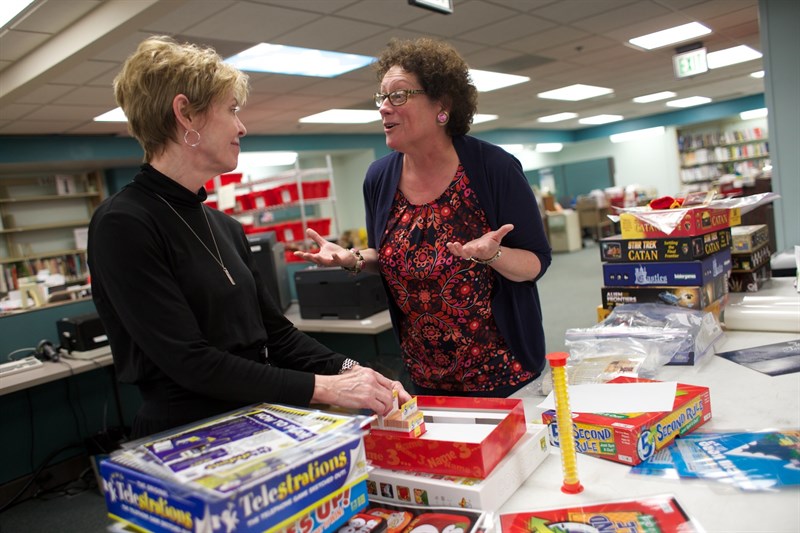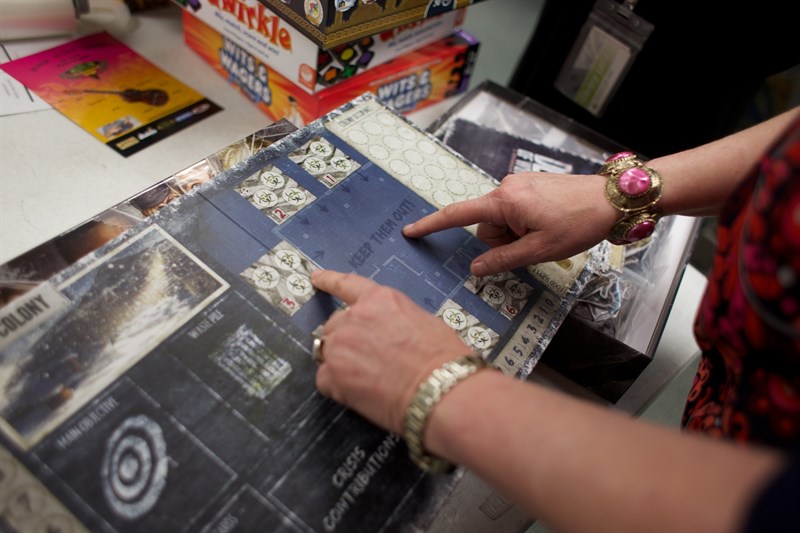By Haley Ritchie | March 17, 2015
Libraries are usually about teaching kids how to read, but two McMaster University students are hoping the Ottawa Public Library will soon be a place to learn how to ride a bike.
Justin Hall and Charles Burke are avid cyclists who launched a Hamilton-based bike library program aimed at children.
The Start the Cycle program allows library cardholders to borrow bikes, helmets and safety gear for a short period of time. They’re hoping the program, currently operating out of McMaster’s library, can expand across the country.
“Allowing young people to develop a love around reading is the true value of the library. We want to create a generation of people who love cycling,” said Burke.
Ottawa’s library and the Start the Cycle group have only just started talking, and no commitment has been made, said Anna Basile, a planning manager from the Ottawa Public Library.
While it might be a slow process, the idea of lending things other than bikes isn’t a new trend.
“Libraries are community hubs, they’re not just about lending books. They’re about providing community services,” said Valoree McKay, executive director of the Canadian Library Association.
She said whether it’s books, technology or bikes, libraries across the country are trying to draw in younger patrons and serve their community’s needs.
Libraries in Canada are reading between the lines and lending a lot more than books and DVDs:
Fitness tracking: The Ottawa Public Library has more than 500 pedometers available for people to borrow and track their steps towards better fitness. Even more high-tech? The Santa Clara City Library in California lets patrons borrow FitBit trackers.
Parks and arts: The Vancouver library lets patrons borrow a free pass to go mini-golfing, and Calgary’s library offers free live theatre tickets to low-income families. At the Ottawa Library, you can borrow passes to almost every museum, as well as Gatineau Park’s ski trails.
Watt-ever you need: Libraries in Ottawa and Calgary let patrons borrow “Kill-A-Watt” machines that can track how much energy is used by household appliances.
Fun and games: Carleton University’s library has an extensive collection of borrow-able board games, including classics like Monopoly and new and unusual titles like Blokus and Zombicide.
Gamer heaven: Once thought the antithesis of books, the Ottawa library now has over a thousand different video game titles in hot demand. There’s only a few copies of each and some, like How to Train Your Dragon 2 for Wii, have over 50 people waiting.
The cutting edge of tech: Ottawa library allows patrons access to 3D printing and video gear. In Toronto, you can use a “Print-on-Demand” machine for DIY bookbinding. The University of South Florida is seeking federal approval to lend out thousand-dollar drones to students.*
*Correction – An earlier version of this article stated the University of South Florida is currently lending out drones. In fact, school officials are still seeking federal approval for the program. Metro regrets the error.

























